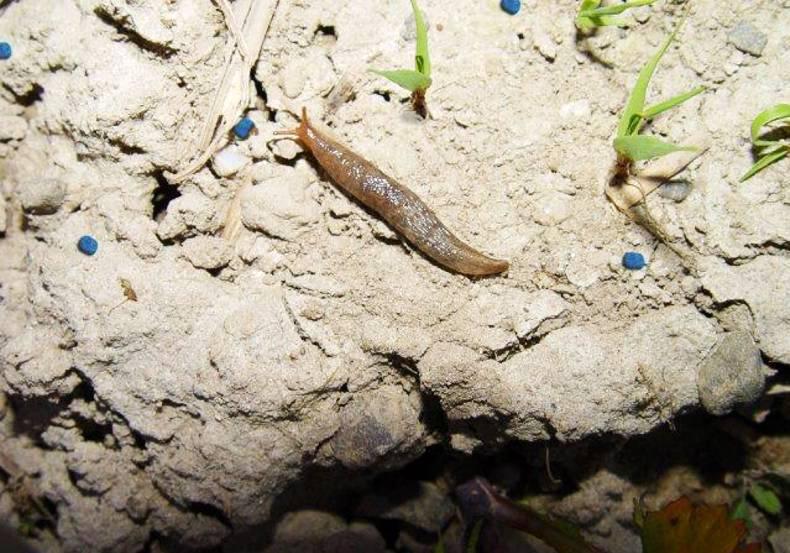Ground conditions
Many areas got a fair bit of rain over the past week but some parts of the eastern seaboard got very little. Further planting must now be questionable as we enter the second half of November. But if you have land dry enough, a low risk of slugs and birds and you are in the south of the country, wheat is still worth a gamble.
Soil temperatures were in the 8-9 degree range for the past week, which is about one degree higher than average and about the same as this time last year. So a little growth is still possible for as long as air temperatures remain adequate.
Met Eireann data for the main tillage areas indicate that most areas are within 150mm of their 30-year average. However, some drier areas like Dublin airport and other areas like Johnstown Castle or Cork Airport, are still over 200mm away from their 30-year average level.
Pests
Slugs continue to be a threat or to cause problems so keep an eye out, even on well-established fields. Recently sown fields, especially with rougher seedbeds, are at greatest risk as there could be seed hollowing taking place. If any level of widespread damage is evident apply slug pellets as quickly as possible. If you have to spend money get the best value from it by preventing plant loss.
Crows have become increasingly active and the danger is greater as temperature drops. 1000 crows on 2ha is one crow per 20 square meters and it can do a lot of pecking in a week. The main saving grace is the fact that there are so many fields at a similar stage.
Rabbits will soon be leaving their mark in well-established fields. The challenge is always to get numbers down – shooting, fencing, burrow management, etc. High numbers will also impact on spring crops unless you, or nature, intervenes to decrease them.
Pigeons could also soon begin to cause damage in winter rape, especially later sown crops with a less-full canopy. If you can keep them out of poor patches initially it may be easier to keep them out of fields.
Planting
There may be very little opportunity to do further planting. Perhaps some wheat or oats but the latter would take a lot of minding if crows are active. But if land is in good enough condition wheat could still be worth the gamble. Ground conditions will dictate what side of 375 seeds/m2 you should target. That would mean either side or 206 kg/ha (13 st/ac) for 55g seed.
Aphids
If you can see aphids in established crops that are emerged for six weeks or more, which were treated with Deter, you might consider applying an aphicide. Same might apply if you did not have seed treatment and your crop is now at the 3-4 leaf stage. In general crops that emerge this month should not require aphicide unless the crop is in a high risk situation. Crops following dirty stubbles with a lot of volunteer growth might be regarded as high risk for BYDV also.






 This is a subscriber-only article
This is a subscriber-only article










SHARING OPTIONS: